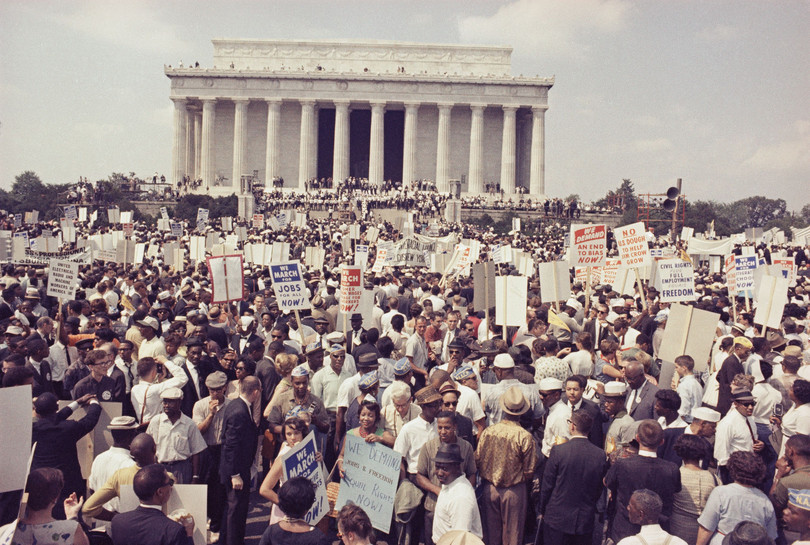Insight Persistent racial inequality in the United States
Racial inequality has been an enduring feature of the American economy throughout its history. Focusing primarily on the inequality between Black and White Americans, this CORE Insight explores the mechanisms which have caused and perpetuated that inequality, and what might be required to end it.
Authors
Authored by Eric Bottorff (Oakton Community College, US), Trevon Logan (The Ohio State University), and Suresh Naidu (Columbia University).
1 November 2022
Concepts
Concepts in this Insight are related to material in:
- Unit 5 of The Economy 2.0: Microeconomics.
- Unit 2 of The Economy 2.0: Macroeconomics.
- Unit 5 and Unit 19 of The Economy 1.0.
Lecture slides for this Insight prepared by author Eric Bottorff are available for download on the CORE Econ site.
Highlights
- Contemporary racial inequality in the United States is the product of a long historical process.
- Persistent racial differences in wealth, wellbeing, and income are prominent features of the U.S. economy.
- Following the Civil War, racial gaps in wealth and income began to diminish. This convergence stalled, however, starting in the 1970s, even as other measures of wellbeing continued to improve.
- U.S. racial inequality is an instance of categorical or group inequality and contributes to inequality of opportunity and low economic mobility.
- Three key mechanisms of persistent categorical inequality are segregation, discrimination, and political inequality.
- These mechanisms create a positive feedback loop—a vicious circle—that perpetuates inequality.
- Ending persistent racial inequality requires curbing all of these mechanisms.
- Reducing the effect of one mechanism without addressing the others is unlikely to permanently eliminate racial inequality.


